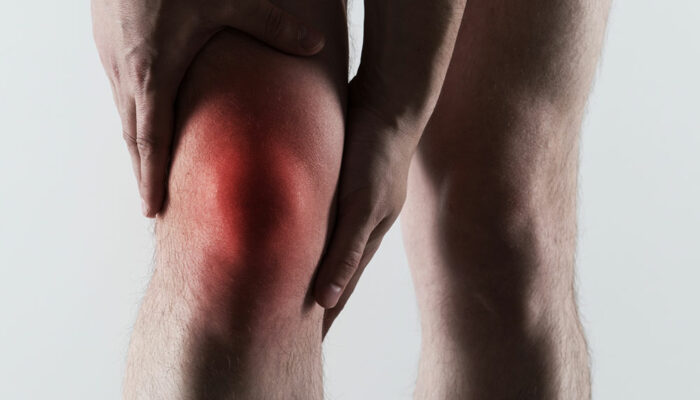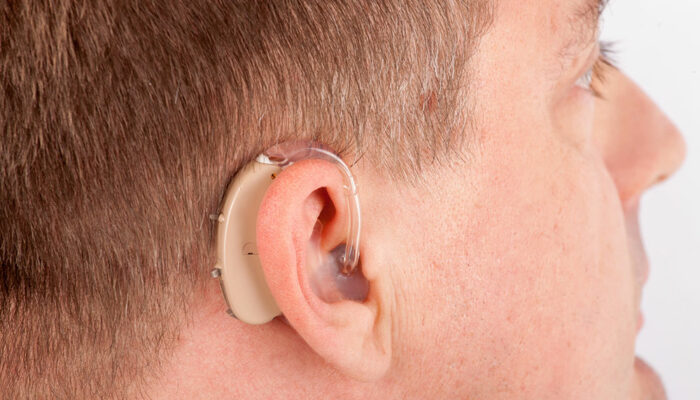
Gout – causes, symptoms, and treatment
Gout is a medical condition caused by the accumulation of uric acid crystals. It is a form of arthritis affecting the joints, especially the ones at the feet, as has been recorded frequently throughout history. Gout affects almost anyone, appearing quite suddenly, followed by incredible pain and swelling around the affected joint. Considering its vast impact on the population, it becomes crucial to understand it from ground level. What are its causes? As alluded to earlier, gout is caused when the concentration of uric acid in the blood is too high. Urate crystals thus form, leading to accumulation and subsequent swelling in the joint. Uric acid is a byproduct released by the body after breaking down purines—a chemical compound found in foods and drinks. In most cases, uric acid dissolves in the bloodstream and is easily excreted by the kidney. However, if that doesn’t happen, uric acid accumulates in the blood and deposits in joints or tissues, developing into sharp, needle-like structures that cause pain and inflammation. Genetics, obesity, chronic decreased kidney function, and a diet rich in red meat and organ meat, among other substances, are also common causes of this condition. What are its symptoms? The most apparent hint of gout is when an individual experiences intense pain in the joint.
Read More 









